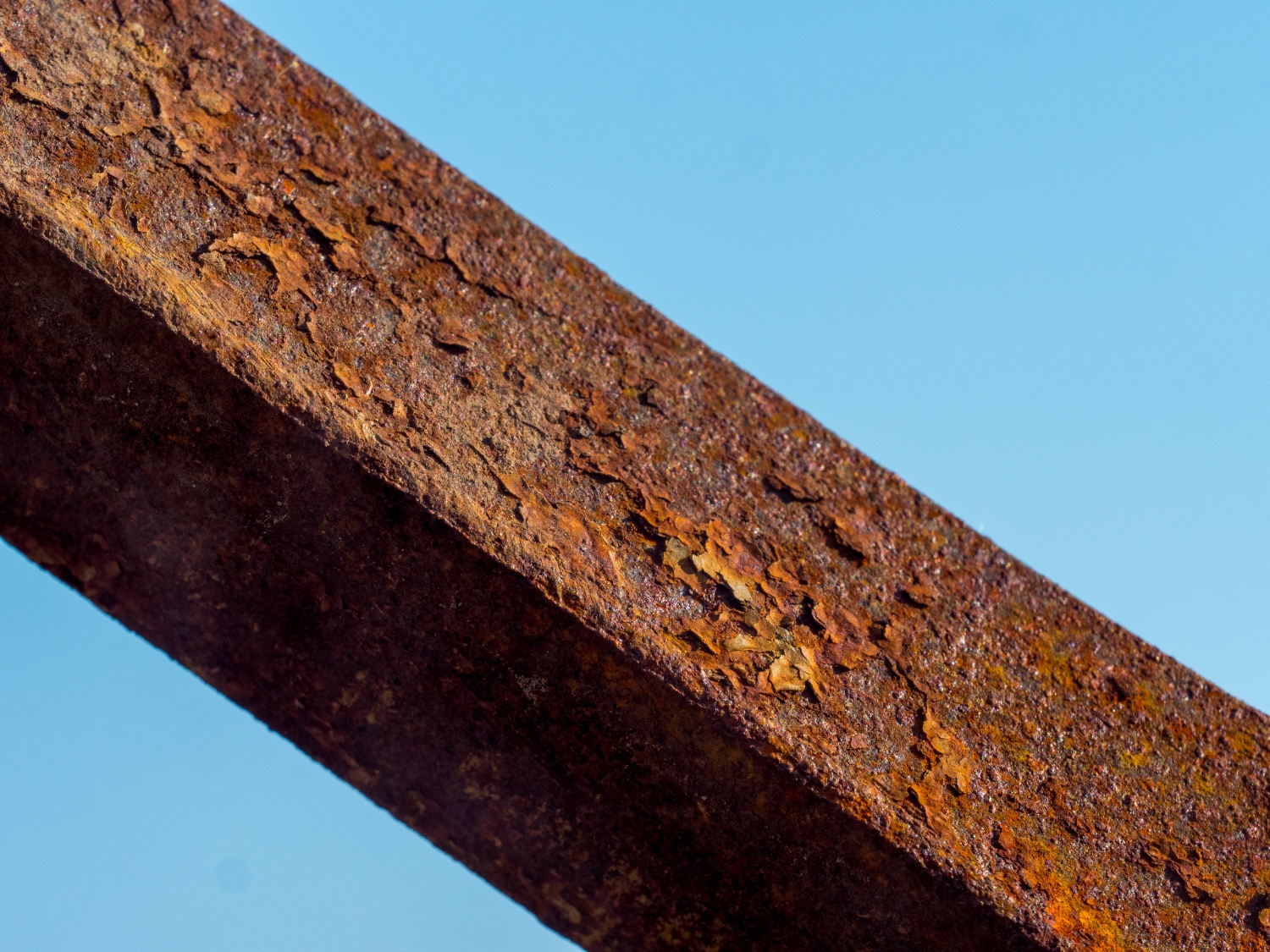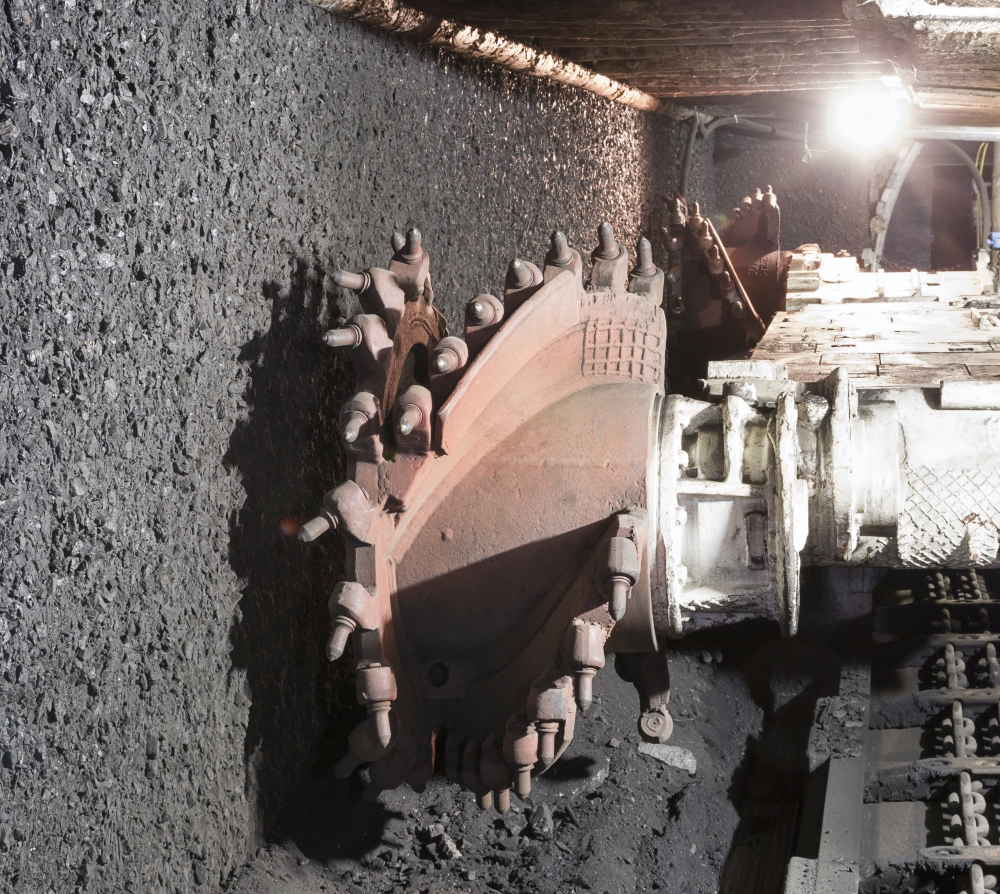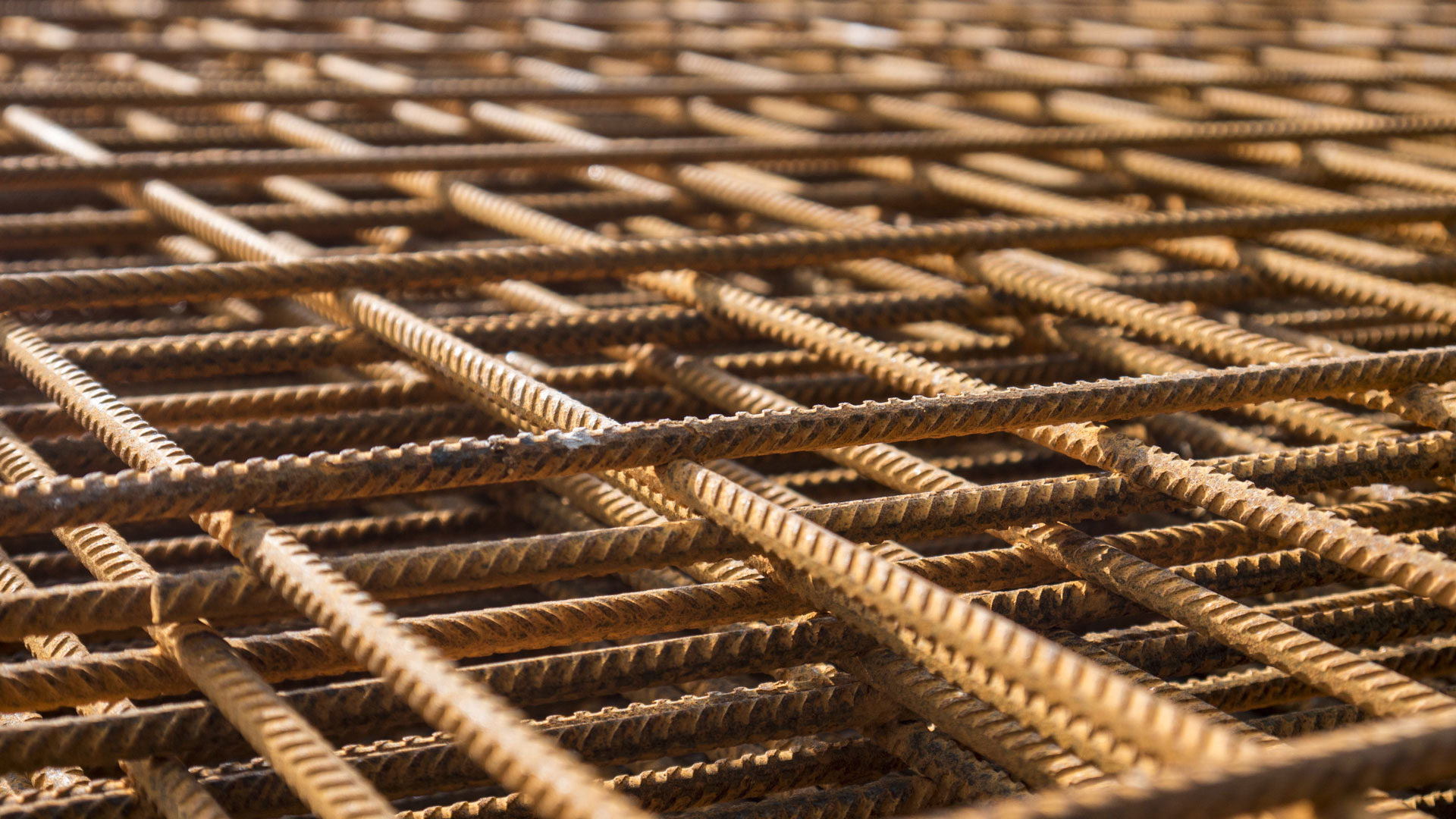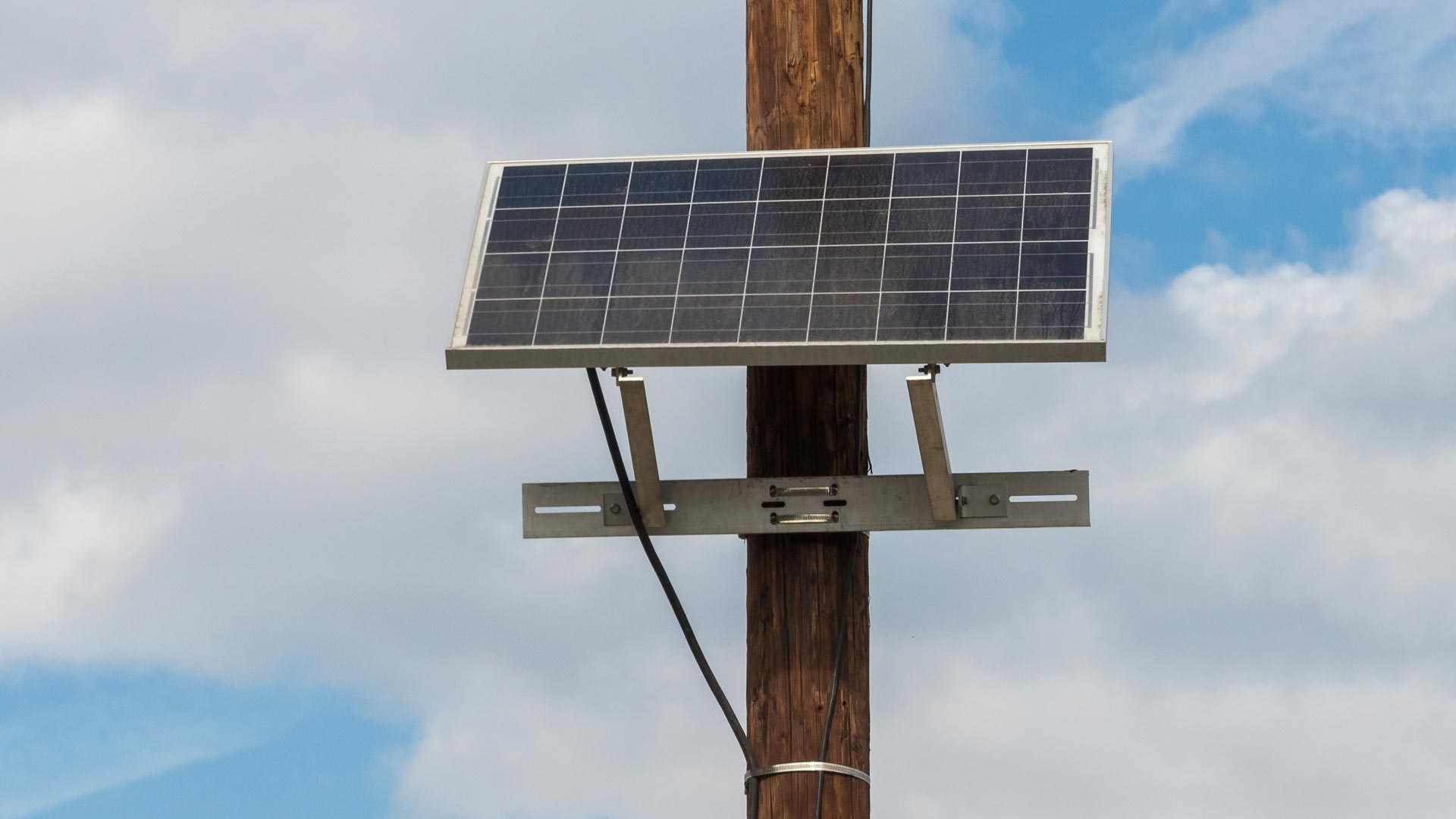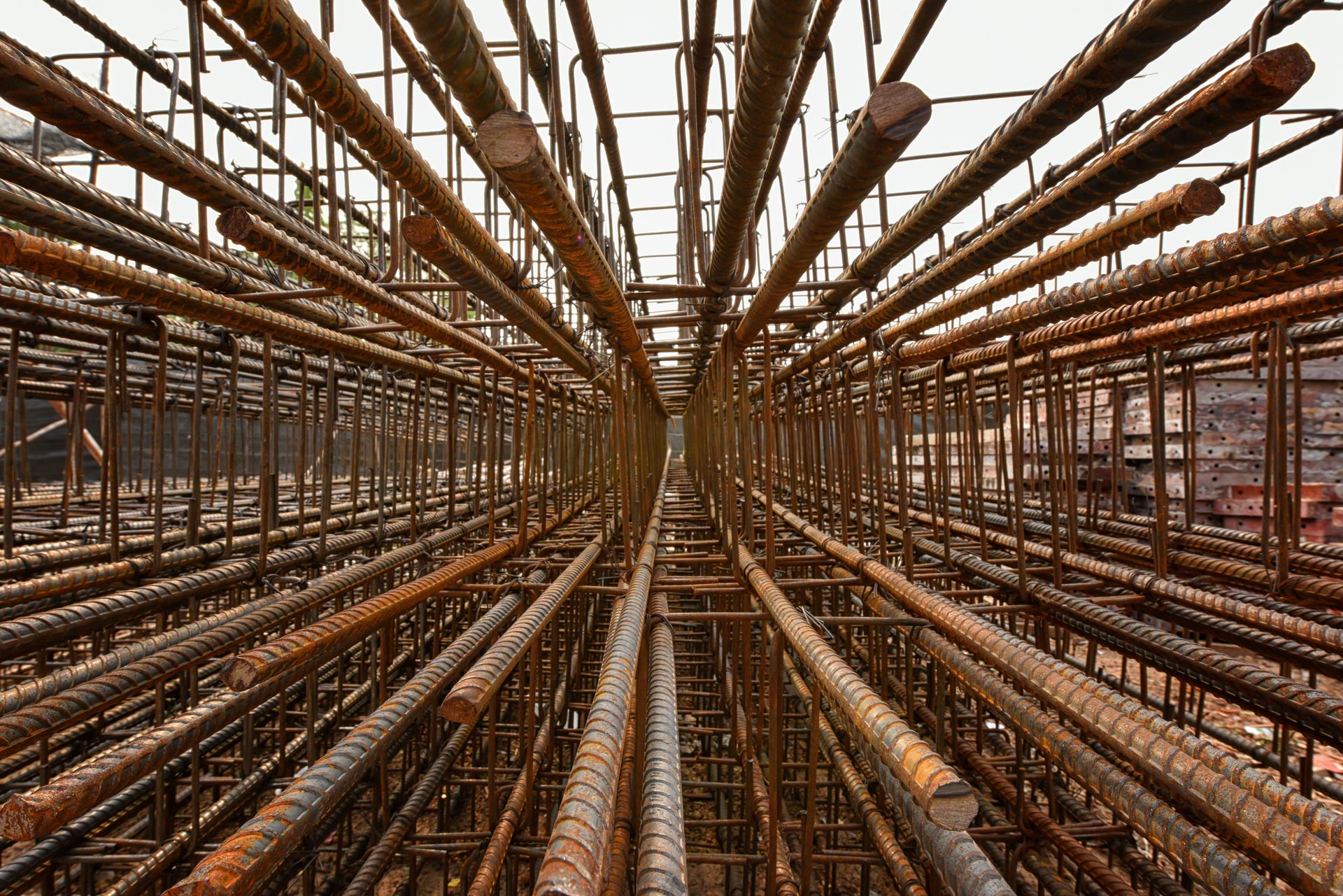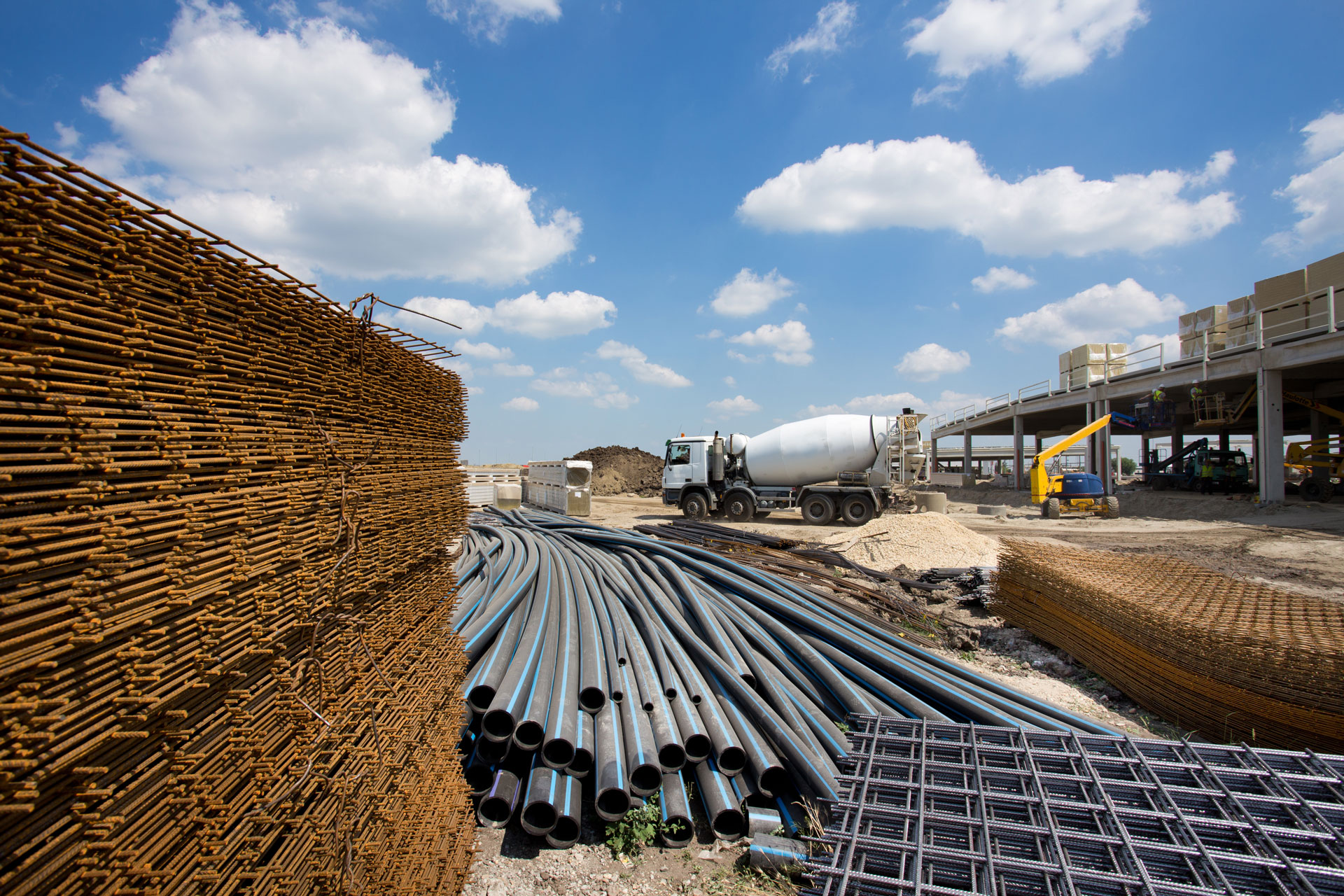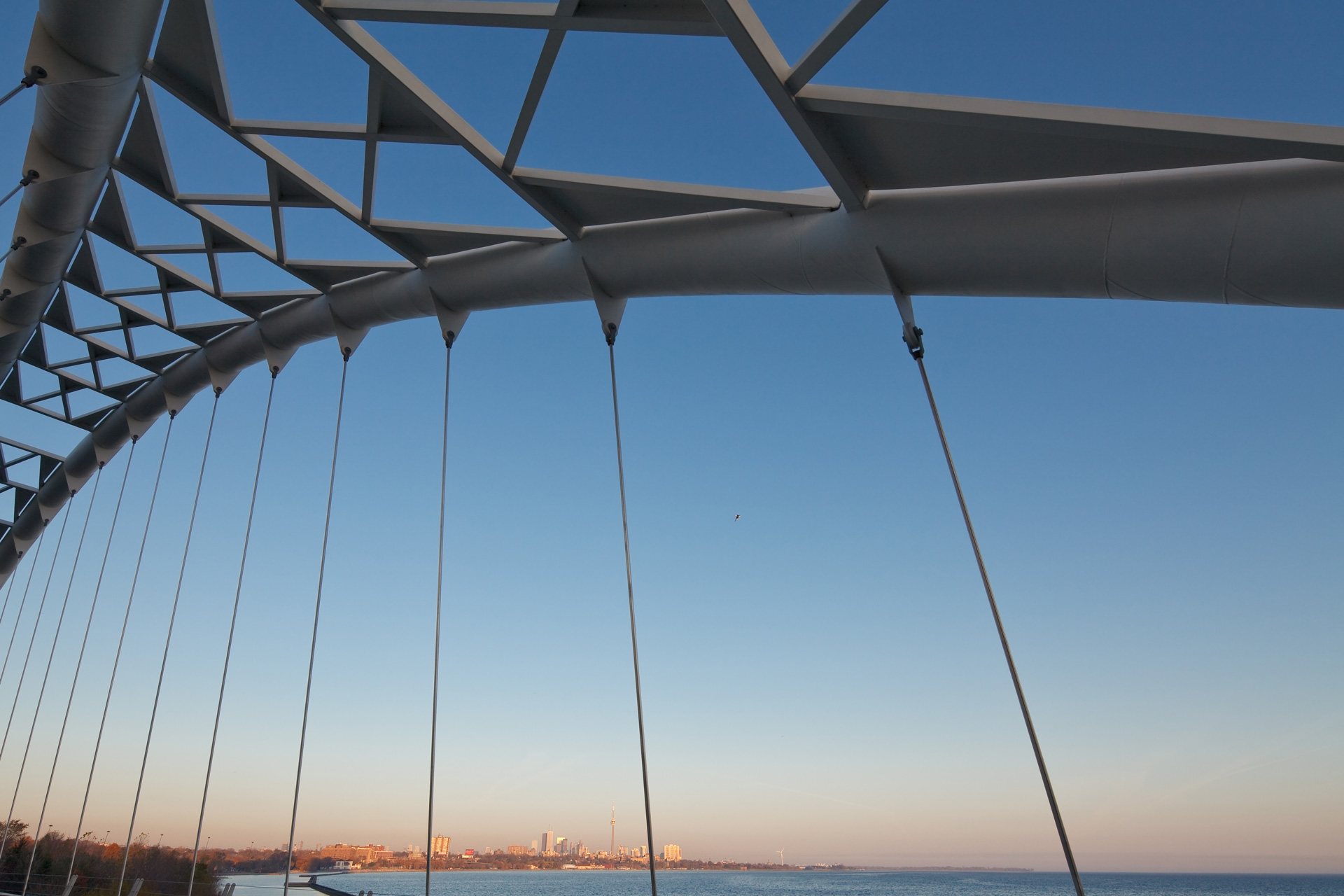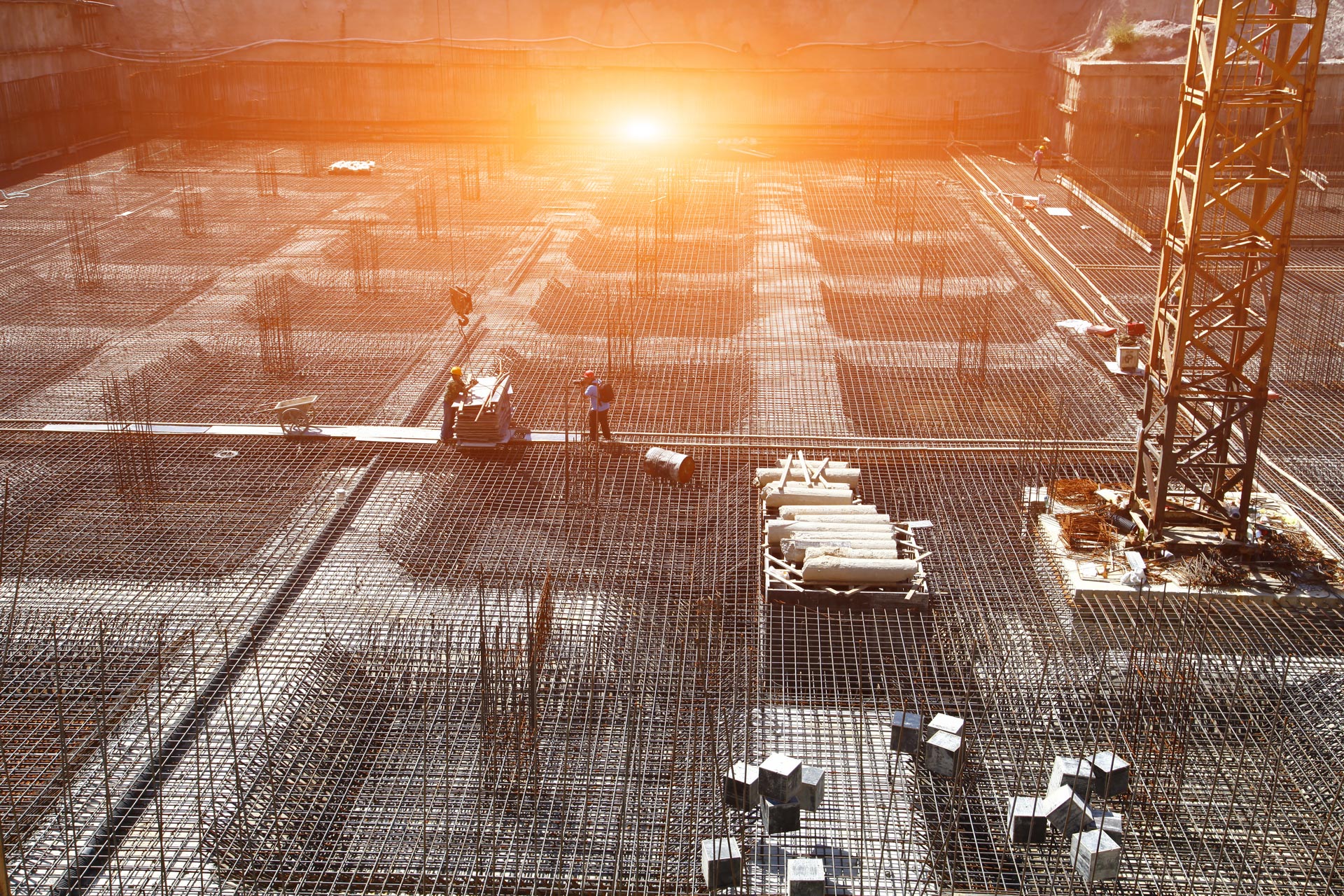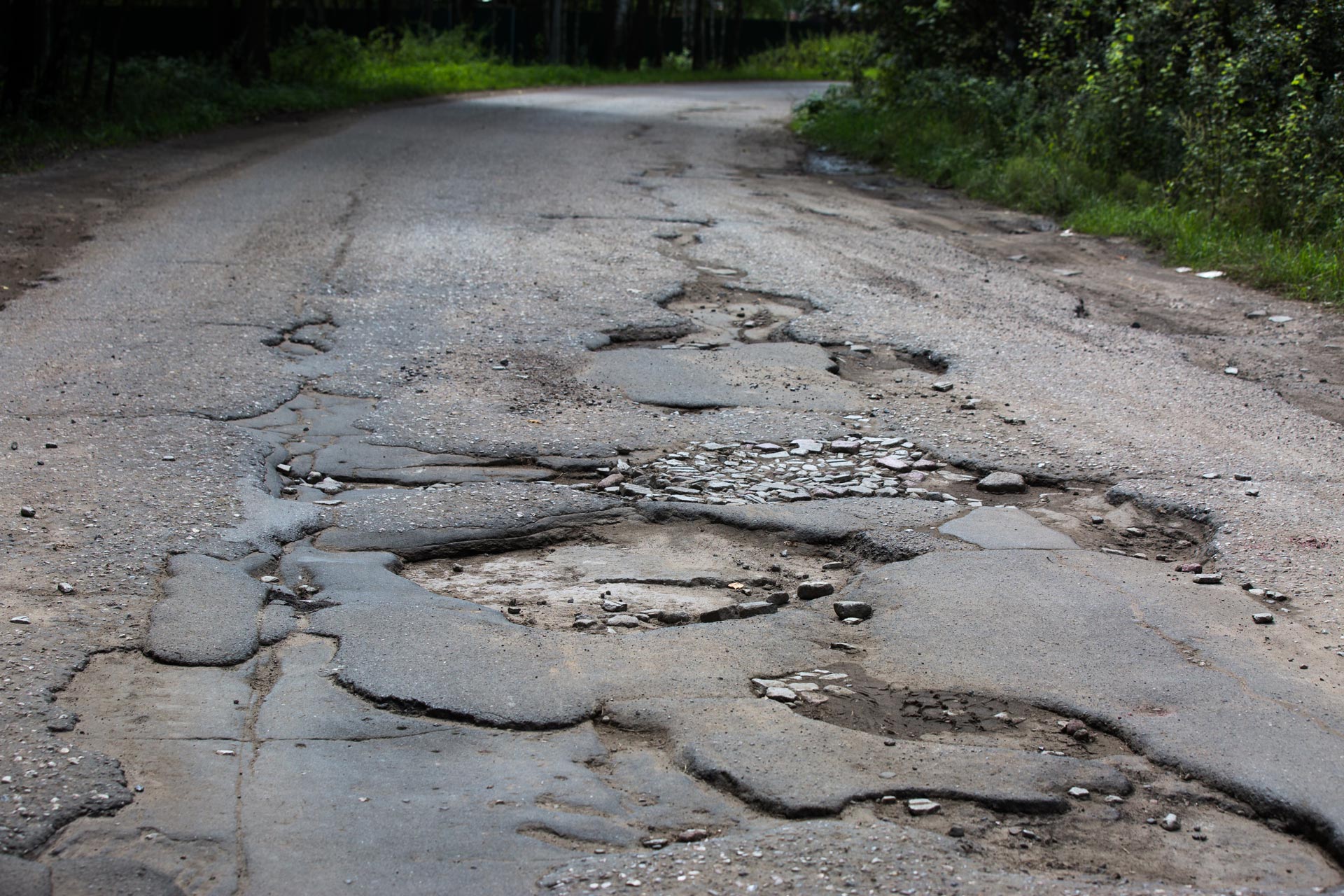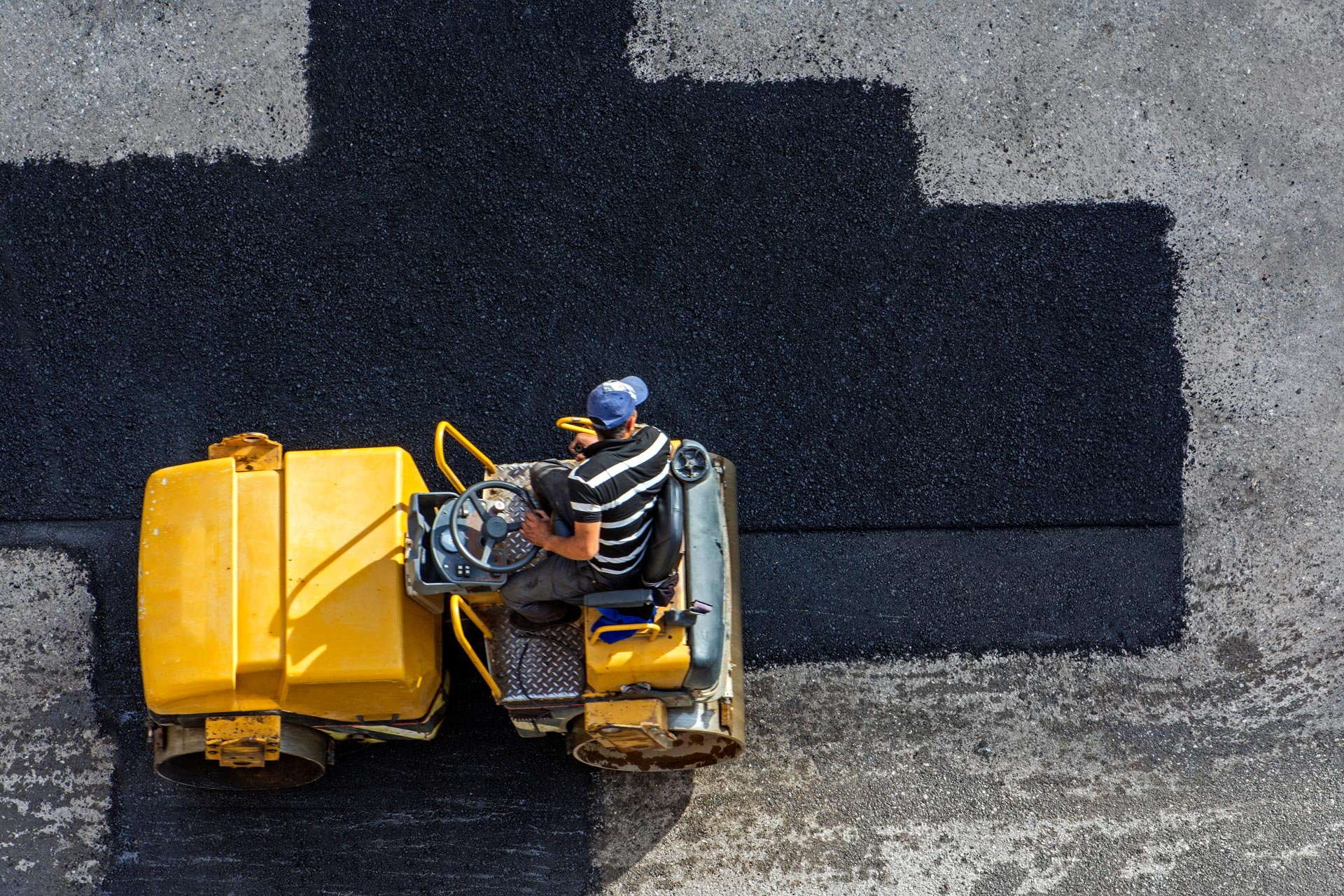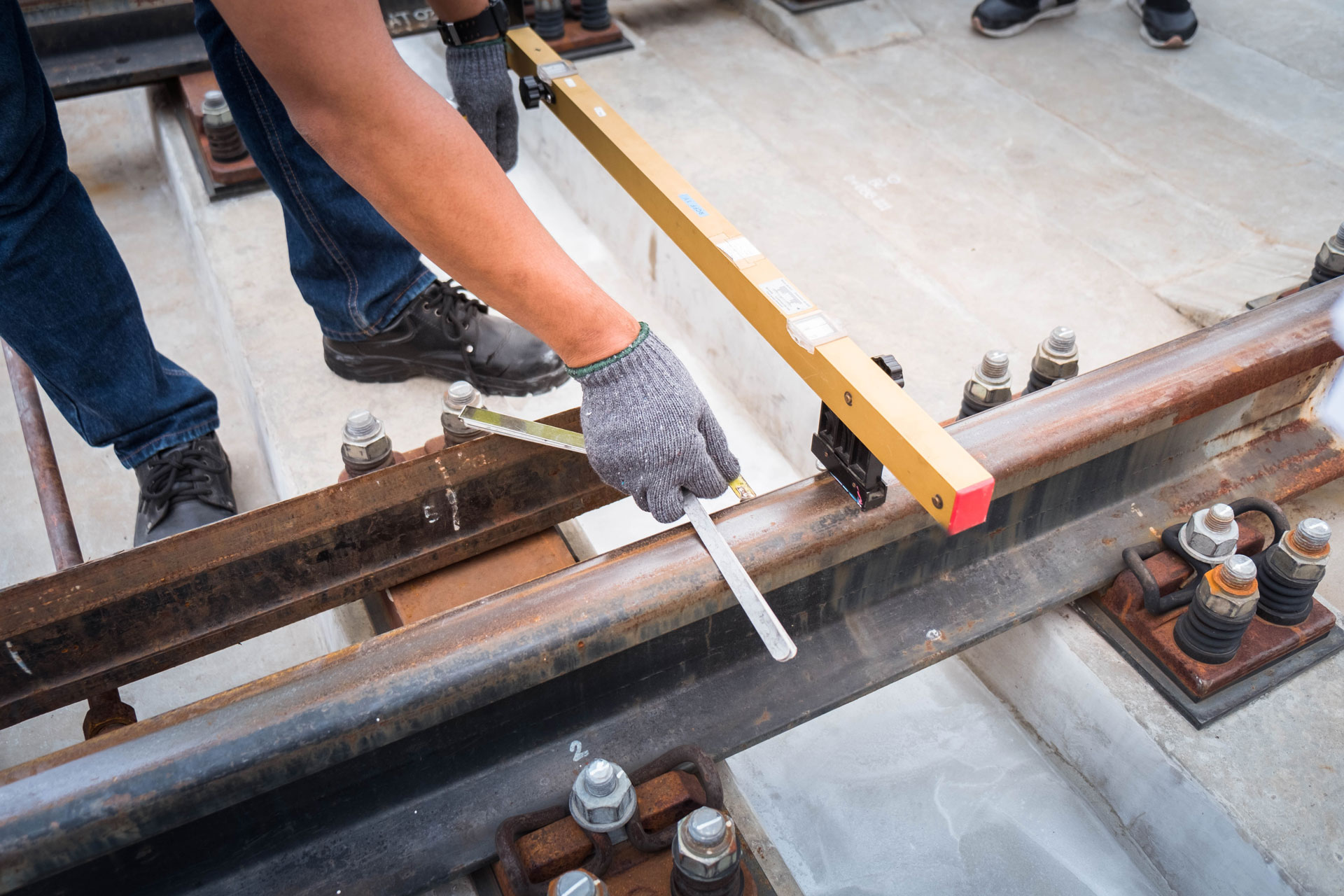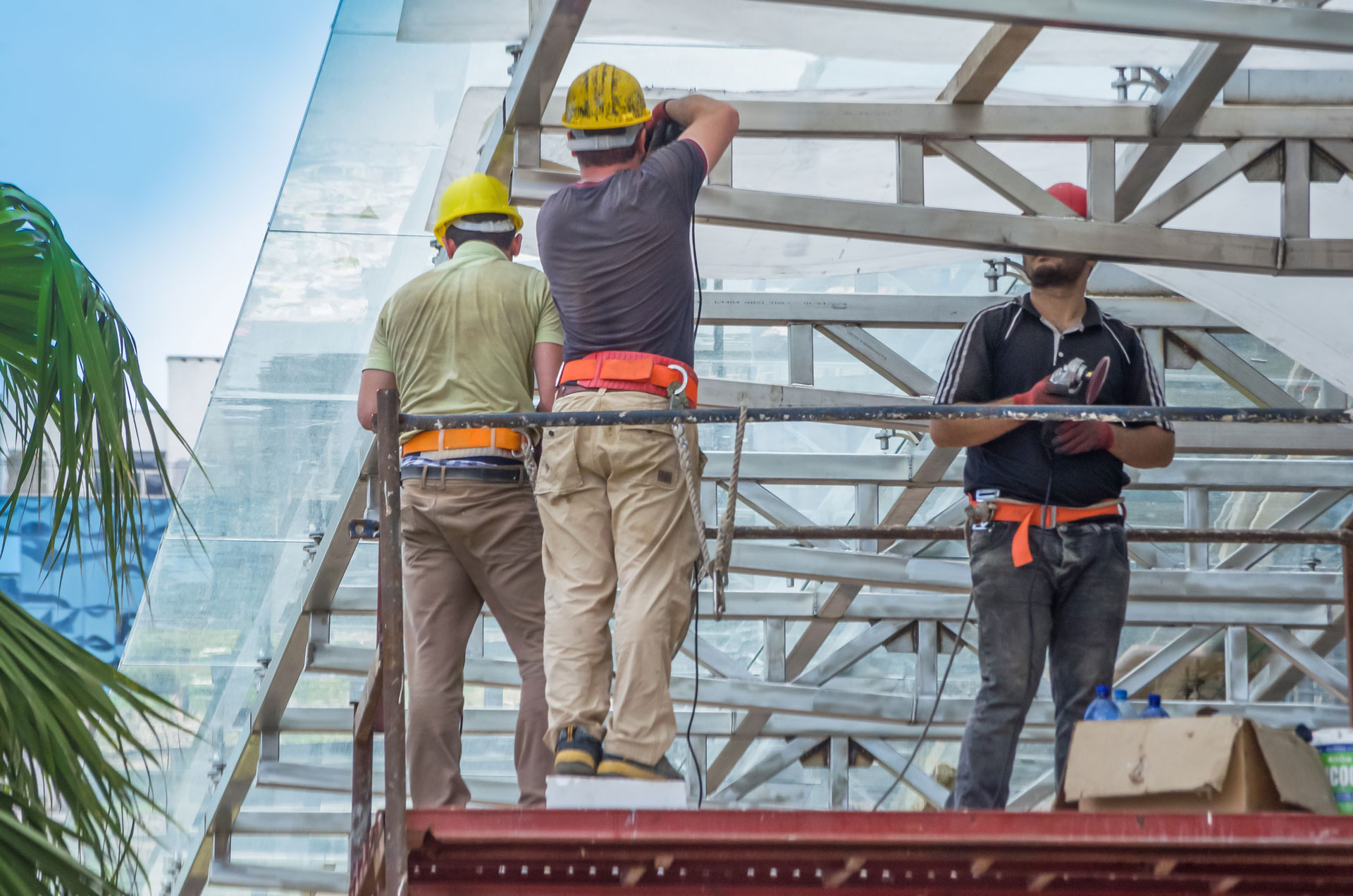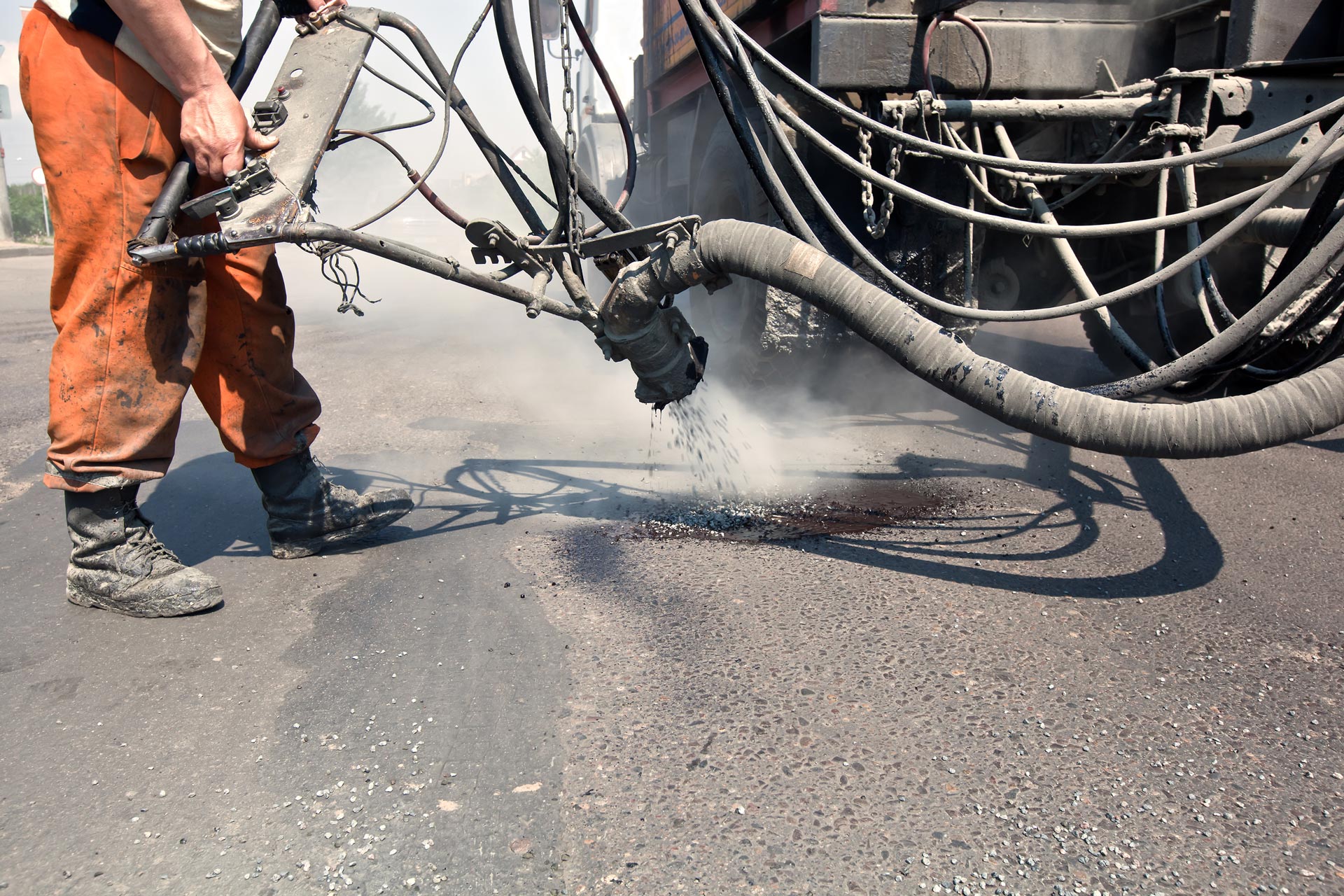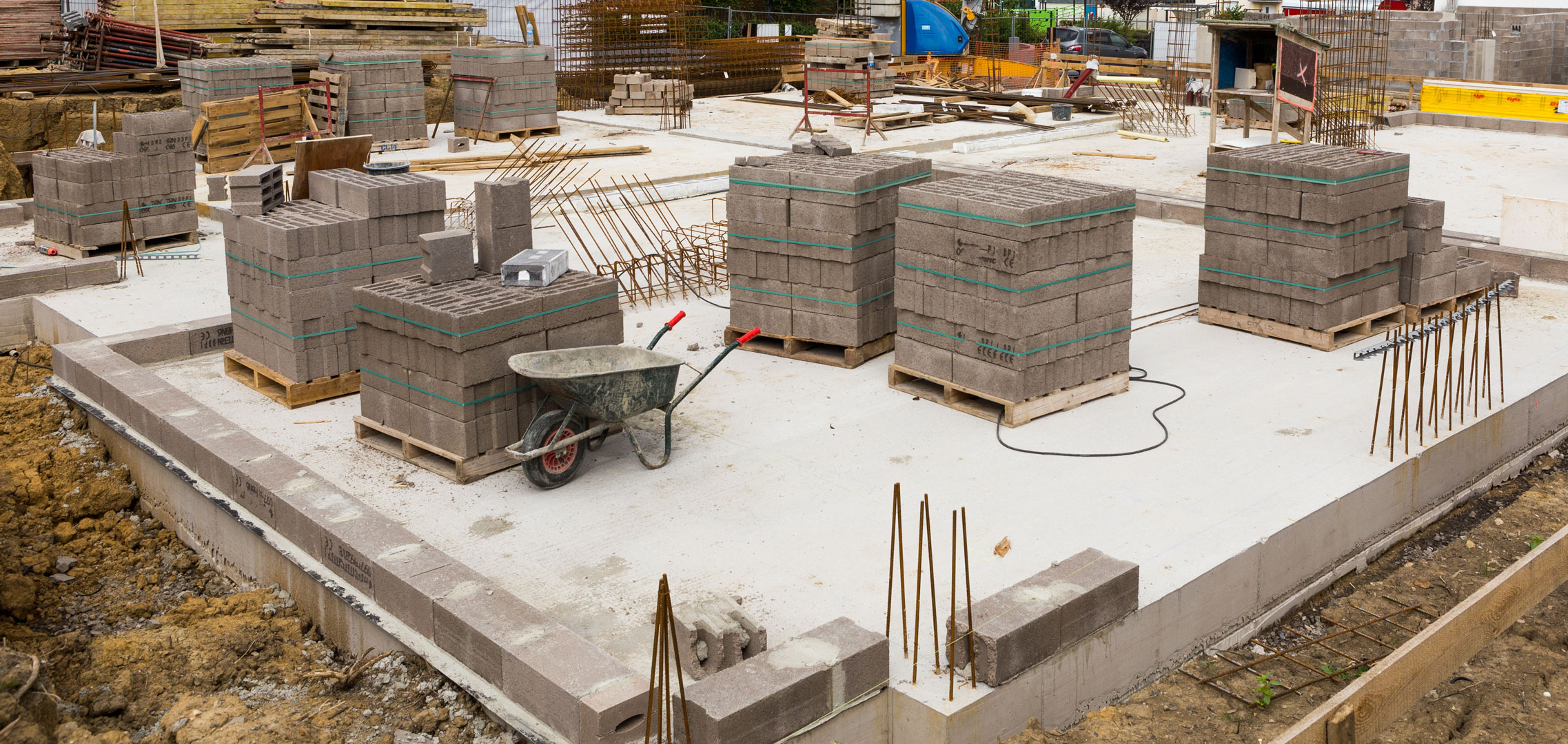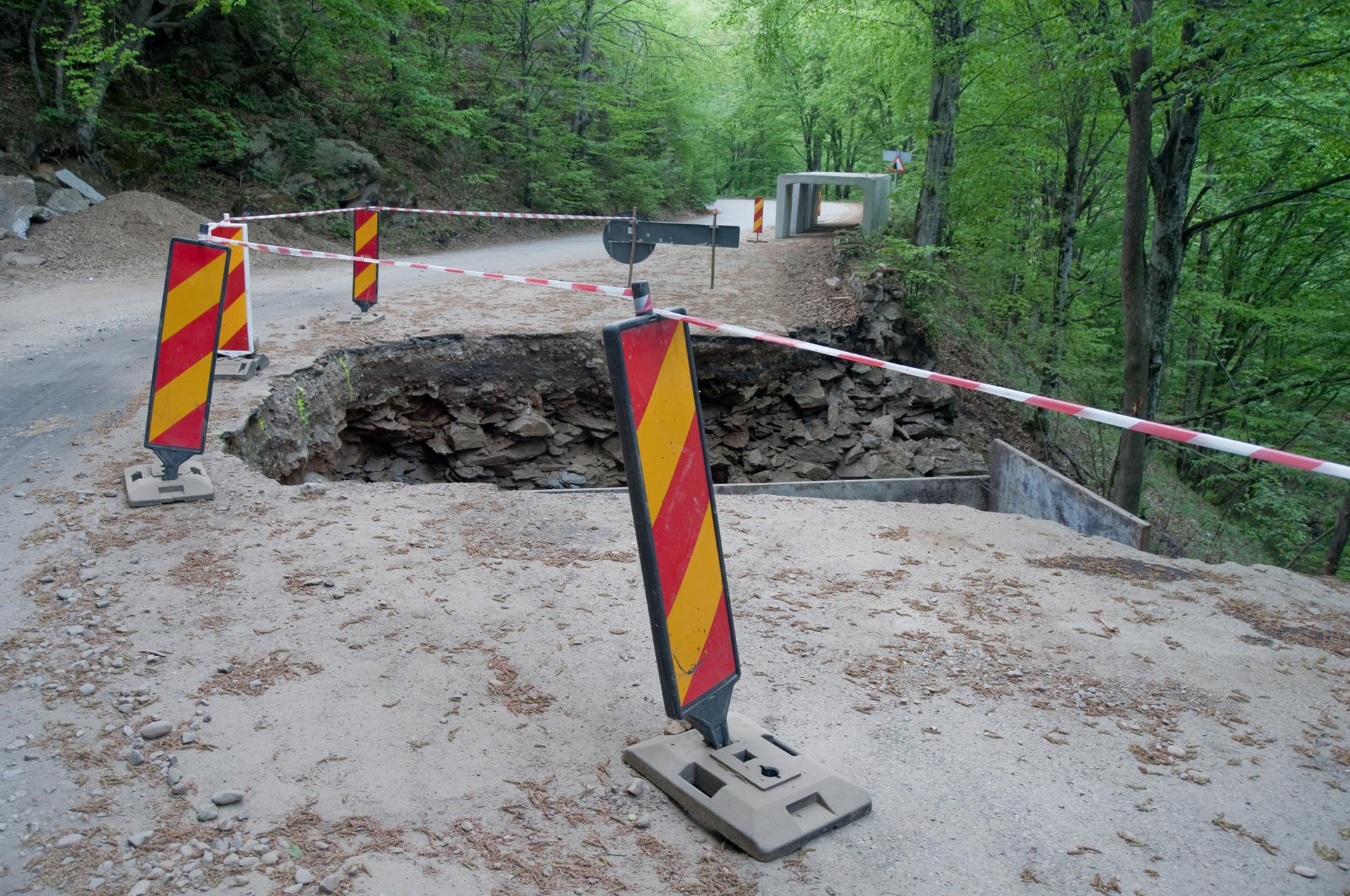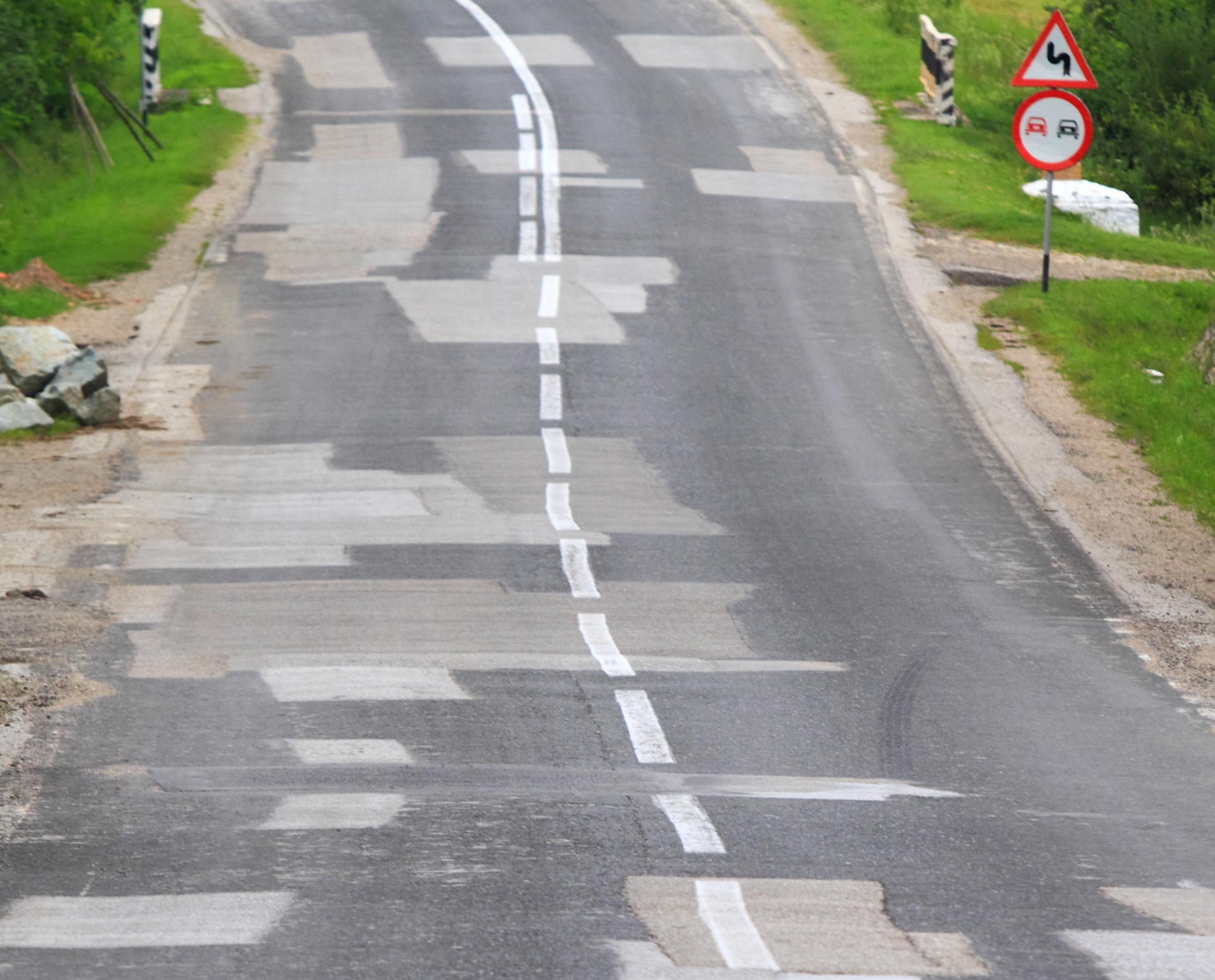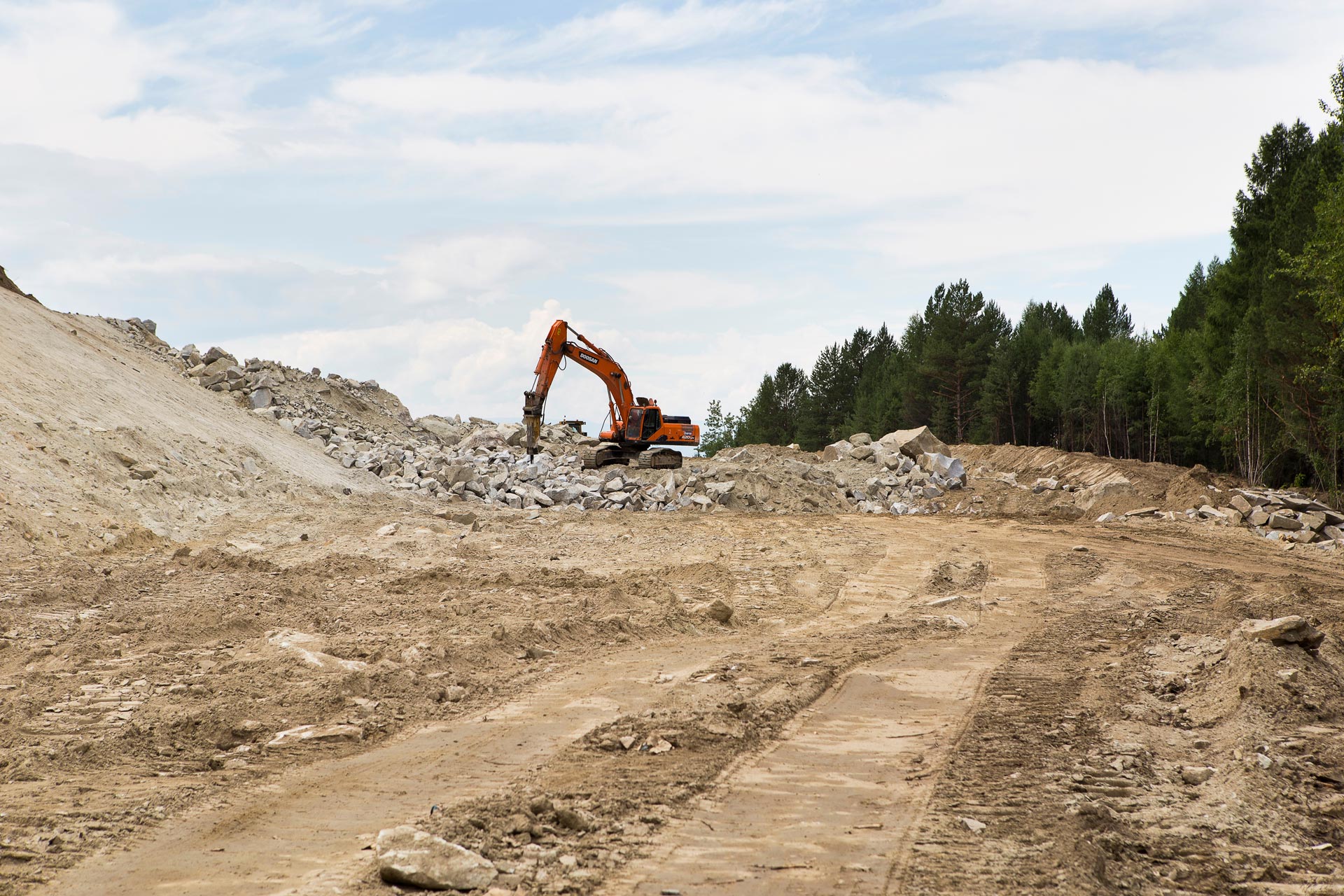Structural Evaluation of Slab Rehabilitation by the Method of Hydrodemolition and Latex Modified Overlay
Background:The primary objective of this study was to assess the validity of PennDOT Publication 15 Section 5.5.5.1, specifically that “a latex overlay is not considered structurally effective”, in terms of the structural response of the bridge superstructure.
Findings:This study has demonstrated the effectiveness of PennDOT Method 2 LMC (latex-modified concrete) overlays for Type 1 and 2 bridge deck repairs. The LMC clearly contributes to the load carrying capacity of the rehabilitated deck slab. With this conclusion, it is envisioned that more bridges that would otherwise be subject to complete deck replacement may be viable candidates for overlay repair.
Results:Several parameters were varied amongst full-scale test specimens in an experimental program: overlay depth, removal of concrete ‘shadows’ under primary reinforcement bars, and the direction of bending. The LMC-repaired slabs acted as monolithic slabs in all cases and the capacity was uniform regardless of LMC depth. The LMC interface has essentially no impact on the behavior of the repaired slabs. The anticipated capacity of an LMC overlaid deck may be estimated as that of the original full-depth deck. Experimental capacities were seen to exceed this value in all cases. Simple plane-sections analyses are suitable for obtaining these capacities. Finally, it was demonstrated based on fundamental mechanics and shear friction theory that LMC interface stresses are relatively low and unlikely to exceed reasonable values of capacity for properly constructed LMC overlay repairs typical of slab-on-girder bridges.
Recommendations:It is recommended that LMC overlays exceeding 1.25 inches in depth may be considered structurally effective in load rating a bridge deck. This assumes that the overlay in question has been constructed to an appropriate standard using ‘best practices’ described in the document. Furthermore, it is recommended that a pull-off testing program be establish for quality assurance purposes in accordance with ASTM C1583. A ‘commentary’ on this test method is provided to clarify its use for this specific application. Additionally, acceptance criteria for such testing are proposed as follows: If the pull-off strength exceeds 200 psi, it is believed that the interface shear capacity will be adequate and the overlay will behave in a fully composite manner with the substrate concrete. For pull-off capacities less than 200 psi, the mode of failure is telling. If the failure remains in the substrate (Mode S), the interface is stronger than the substrate and the shear capacity is at least that of the residual substrate concrete. In such a case, composite behavior of the overlay is likely. Pull-off tests indicating an interface failure (Mode I) are cause for further investigation. Pull-off tests less than 100 psi, regardless of failure mode should not be accepted.

